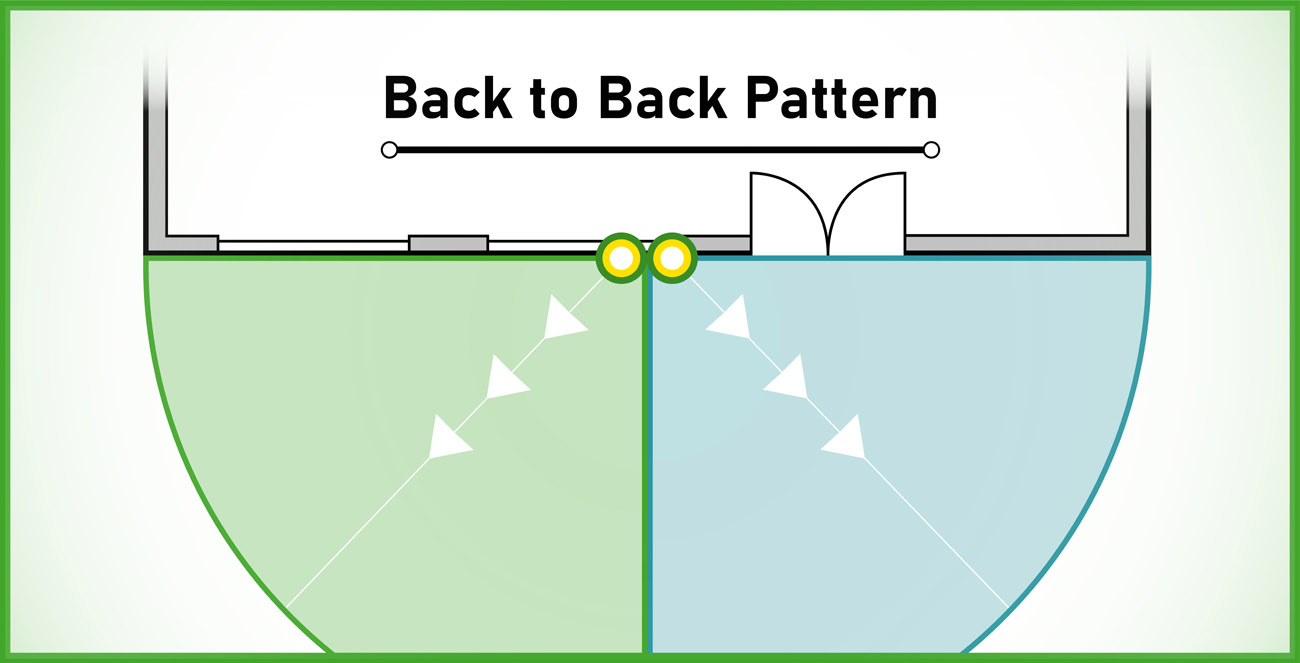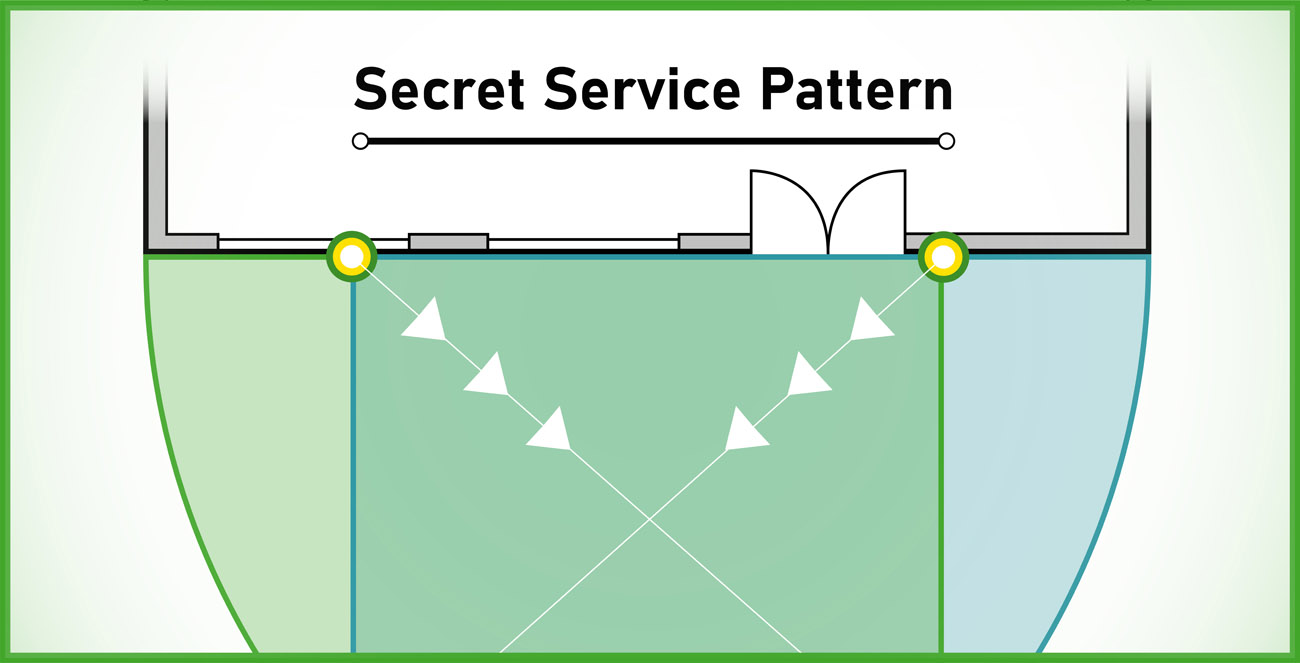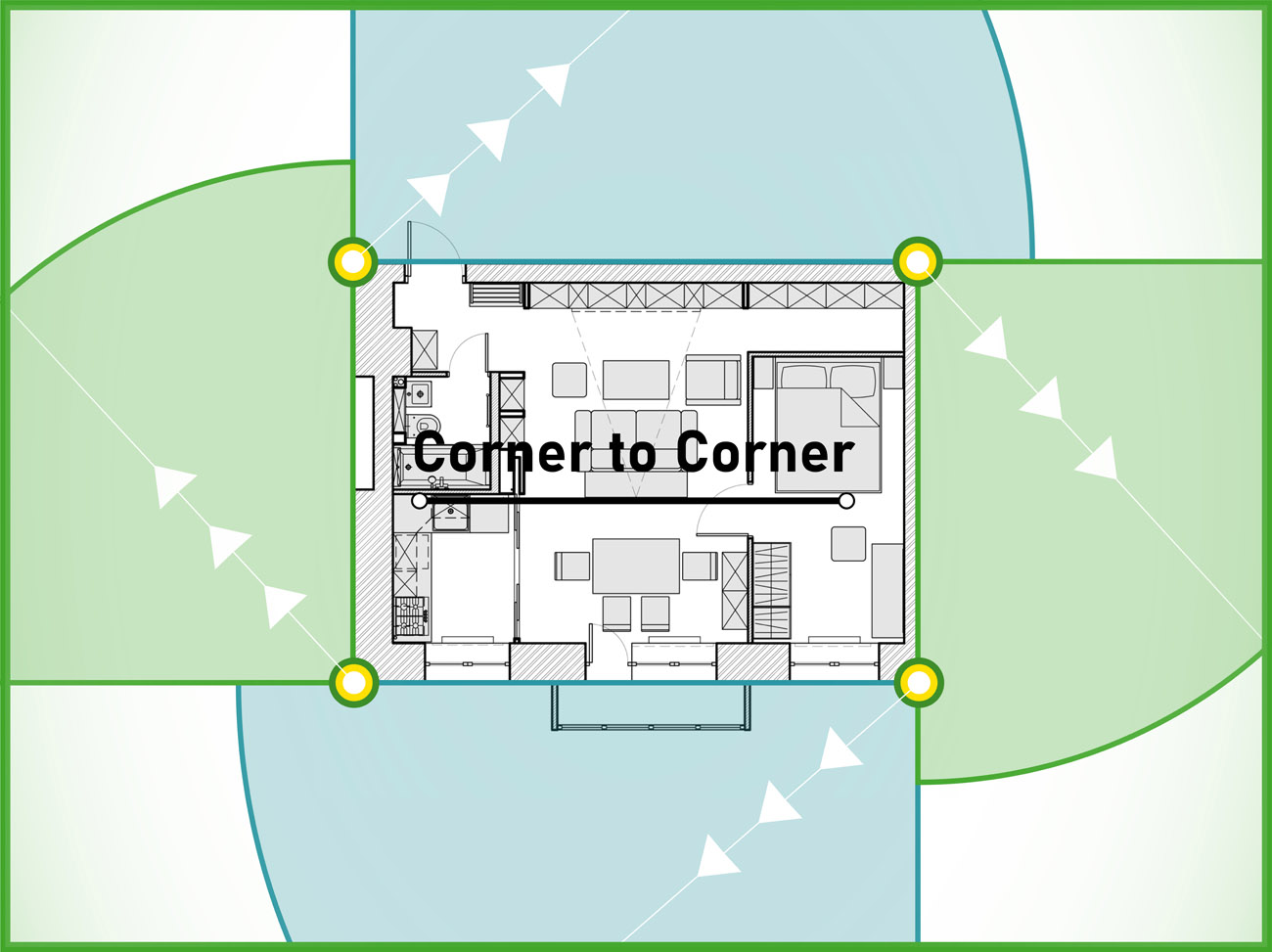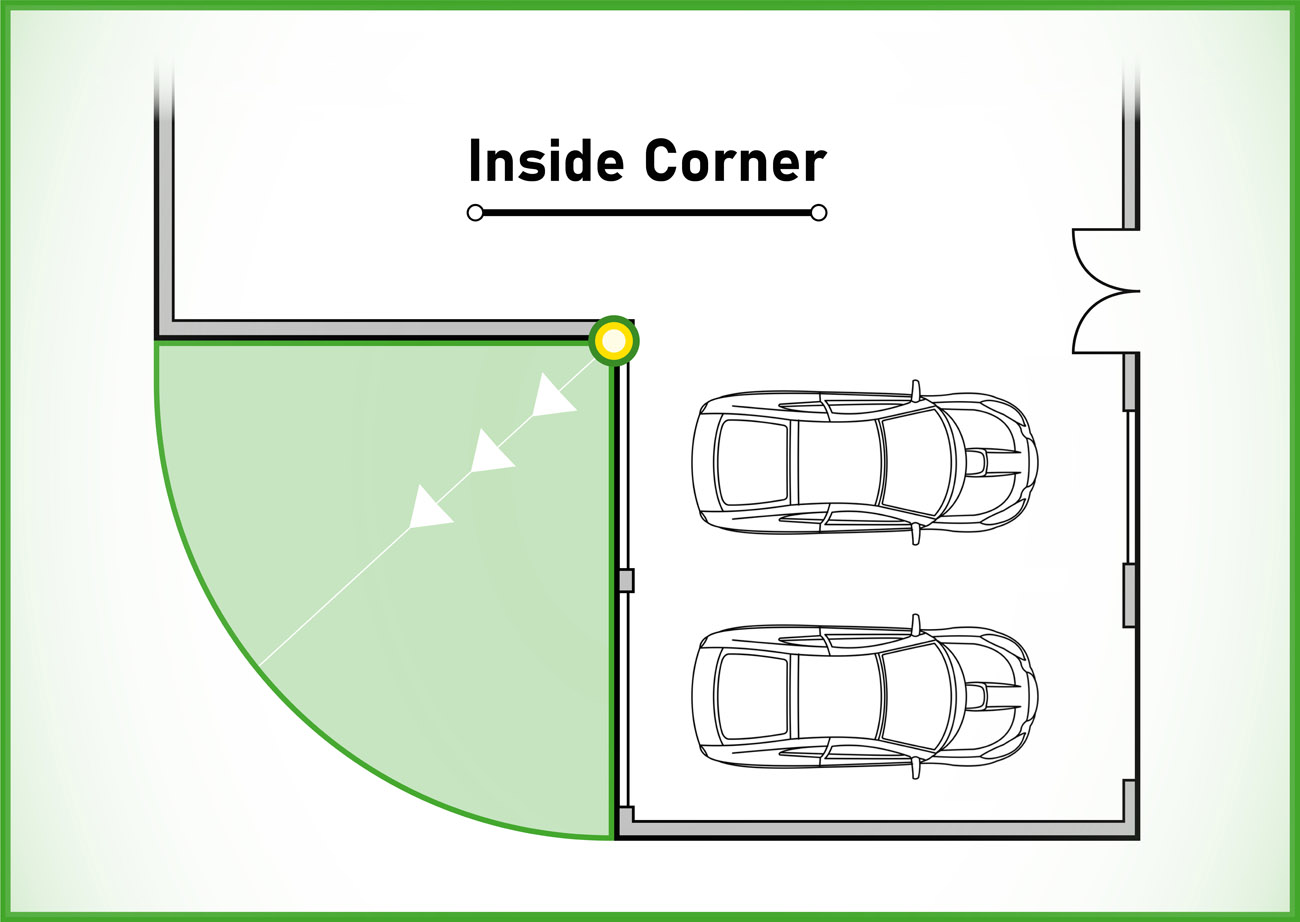CCTV Design Concepts, Examples & Advice
Learn how the experts design systems and select certain cameras and equipment for different applications.
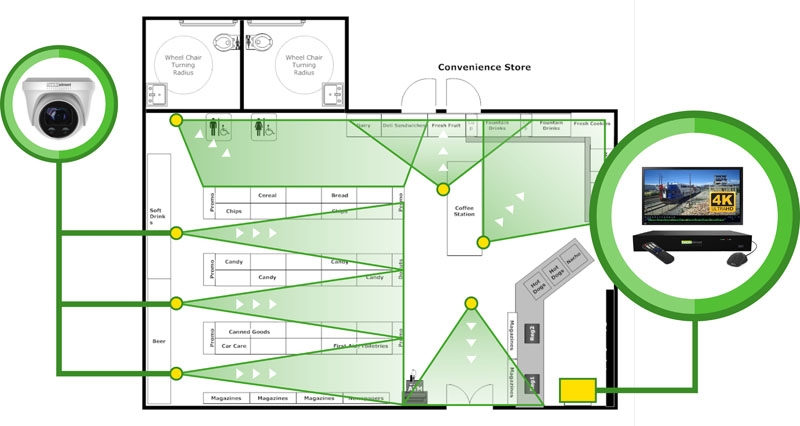
- - Effective System Design
- - Where to Locate Cameras
- - Selecting the Right Camera
- - How to Choose your NVR
- - Benefits of Video Management
| Residential/Homes | Convenience Stores | Self Serve Car Wash |
| Dams & Power Plants | Car Dealerships | Churches |
| Manufacturing Facilities | Office Buildings | Storage Facilities |


